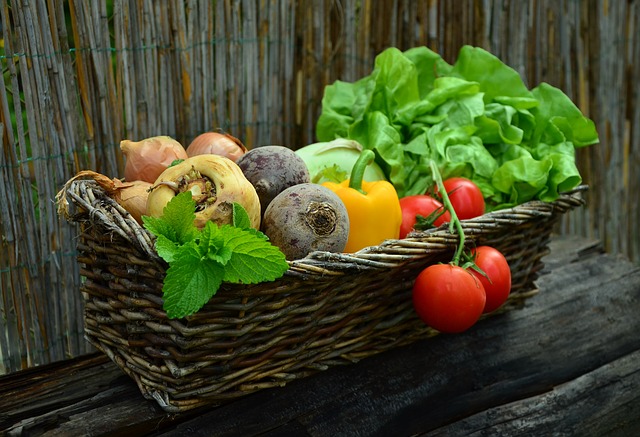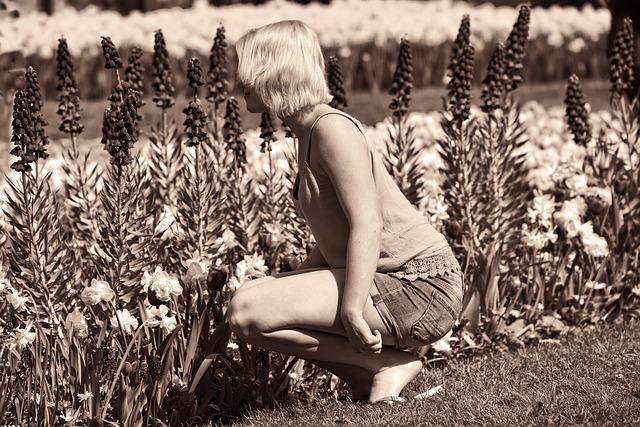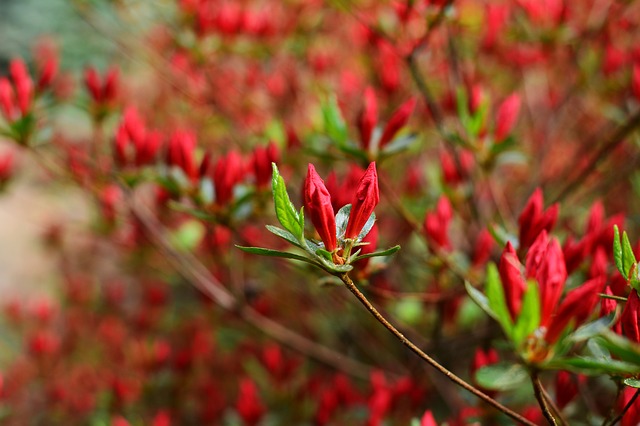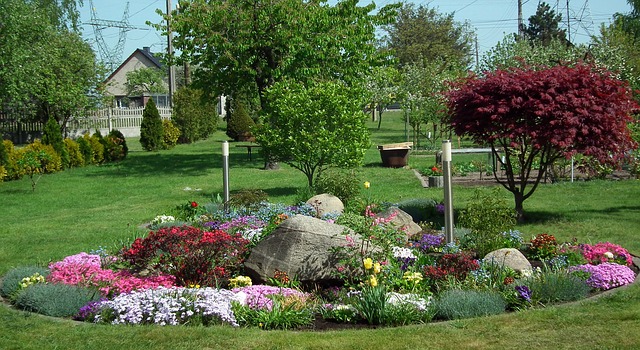It is a beautiful start to May in the niagara region and it puts gardening top of mind for many. Here are the top tips from experts to get you going now on a fresh growing season!
Bulbs
Spring bulbs have stopped blooming and will be looking a bit ropey now but try to leave the foliage in place as these leaves will make the food the bulb needs to produce flowers next year. It’s fine to cut off the flower heads and that should help them look a little better. Once the leaves have turned yellow they won’t be producing food any longer so they can be cut down.
Shrubs
Once spring-flowering shrubs such as Japanese quince, choisya and ribes have flowered you can cut them back. When frosts have passed, prune tender penstemon, caryopteris and fuchsia. Prune congested Clematis montana after blooming and tie in summer-flowering clematis regularly.
May is the time to get going with perennials as the ground is warm and they’ll start growing more quickly. Only plant out the ones that can stand a little frost, but if your garden is generally frost-free, tender plants such as dahlias can be put out too.
Keep mulching before the plants grow too much and you can still get in between them and see what you’re doing.
Stay on top of the weeds if you can. A quick hoe once a week will keep them at bay and will mean they don’t compete for water, light or nutrients with the plants you want to grow.
Buy extra plants if you need an easy fix. Little plugs of sweet peas are handy for slotting into any spot where they’ll have something to climb up, and will give enormous joy as the year goes on.
It’s a good idea to get ahead of the game by putting in supports. Once plants have got going it’s really difficult to try to prop them up and they may already be damaged. Look at putting in canes or pea sticks next to sweet peas, climbing roses, runner beans and peas, and tie the plants in to them as necessary.
Lawn
The grass will shoot up in May so get mowing now and do it every week if possible. If you get caught out and discover a jungle where the lawn used to be, raise the height of the cut on the lawnmower as far as possible – ideally you shouldn’t cut more than a third of the grass blade at once. Then with the following cuts, gradually bring it down to normal.
Many robotic lawnmowers are available now from companies including Flymo and Bosch. They’re safe to use and help in keeping the lawn looking good.
May is also the month to weed and apply feed to the lawn. As it’s growing so well, the grass should fill the gaps left by any weeds that are killed off. Choose a dry day and follow the packet instructions when applying chemicals.
Wild flowers
This is a good time to sow a wild flower patch or meadow. Just make sure any seed mix you get is right for your soil and conditions – usually they’re mixtures of less vigorous grasses and lovely wild flowers such as poppies, vetch, daisies and yellow rattle.
You don’t need a huge garden to do this, just a few square metres, and you may even want to turn over all your lawn to wild flowers. It’s much better for wildlife and is also quite low maintenance. Leave the meadow to flower and seed, then cut back in late summer.
Roses
To get ahead of the pests, try and spray roses fortnightly with a fungicide to prevent black spot and keep an eye out for greenfly.
Bedding plants
Once the risk of frost has passed, plant up and put out summer bedding. There is such a huge variety of plug plants available it’s not easy to know where to start, but the easiest to look after are tender geraniums, also called pelargoniums. They come in either trailing or upright varieties and will withstand a certain degree of neglect, which plants like lobelia just won’t take.
If you’re putting bedding plants or hanging baskets in the shade, impatiens (busy lizzies) are perfect, especially the white flowered ones, as they lighten up and thrive in darker corners.
Finally, use this month to experiment. As bedding plants grow quickly and are temporary, you’ll soon discover what works and what doesn’t, and any mistakes won’t last for too long.
may-garden-hanging-basket
Fruit and vegetables
When sowing seeds, don’t use them all at once. It’s easy to tip out the entire contents of the packet, but it’s a better idea to plant just a few at a time.
Successional planting – or following one crop with another – is key, especially at this time of year. Sow a few seeds of each crop every week or even every fortnight.
Make sure they’re kept watered; tiny seedlings can wilt and die in a matter of hours on a hot day. Watch the weather and be prepared to water in both the morning and evening if you’re able to.
Sow these crops a few at a time: beetroot, purple sprouting broccoli, broad beans, carrots, lettuces, spinach, salad leaves, leeks, chard, seed potatoes and salad crops.
Once the risk of frost has passed, put outside tomatoes that have been sown under cover. Also plant outdoors strawberries and any hardy vegetables, such as beetroot, that have been sown under cover.

It’s time to earth up potatoes when the shoots are about 20cm tall. Draw up the soil surrounding the plant and pile it over the top. Do it again about a month later. This will prevent sunlight, which would turn them green and inedible, getting to the potatoes.
There are lots of vegetable plug plants available if you haven’t had time to sow your own. With these you miss out all the fiddly bit of sowing and trying to keep the delicate seedlings alive and, as they tend to come in packs of six or so, you avoid having huge numbers of plants to look after and find space for.
Plugs are especially useful for tender plants such as sweetcorn and chillies, which need to be sown under cover. If you don’t have much room, they’re perfect to put into containers outside once all risk of frost has passed.
Pests and diseases
This is the month slugs and snails will really start feasting on all the new growth your plants are producing. There are many ways to get rid of them but probably the most effective is the old-fashioned beer trap. Just sink a plastic cup half-filled with beer into the ground to lure the slugs to a boozy end.
Also worth a try are copper rings, which are effective in protecting particularly vulnerable plants such as hostas. And if all else fails, chemical pellets are available; they do a good job but can endanger wildlife.
Watch out for airborne pests such as greenfly that love all the new growth and will suck the life out of it if given the chance. They’re flying at this time of year, looking for a spot where they can raise their enormous families. The generations that come later in the year don’t have wings so it’s important to try to catch flying insects now. They cluster on the plant; when you see them, spray with diluted washing-up liquid, or try one of the sprays on the market.
Bottom Line: It’s time to get out there and get your garden ready for the season ahead!
To receive similar content, “Like” us on Facebook @ https://www.facebook.com/niagarabuzz.ca














